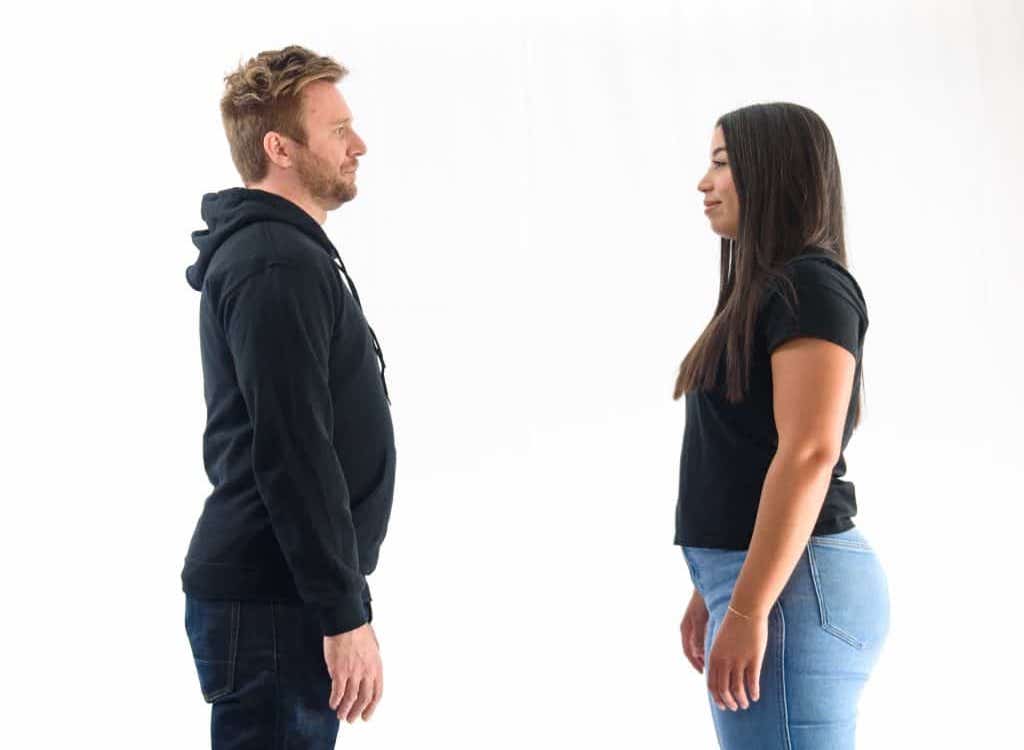
Personal Space
Have you ever come across the phrase “needing personal space”? Have you ever felt uneasy when someone approaches you just a little bit too closely?
Another telltale sign of how people feel about others is the distance they keep between themselves and them. What happens if someone approaches you too closely? You must be uncomfortable, is I right?
People like to maintain some distance from strangers or others with whom they do not feel comfortable, only allowing those others to approach them when they are at ease. There are four zones of personal space, according to the anthropologist Edward T. Hall’s idea of proxemics.
Intimate Distance: 6 to 18 inches
This degree of physical separation frequently denotes a more intimate connection or higher level of familiarity between people. It typically happens during close physical contact, including embracing, speaking, or caressing.
Personal Distance: 1.5 to 4 feet
This kind of physical separation typically occurs between relatives or close friends. The degree of closeness in a relationship can be determined by how closely two individuals can stand to one another while conversing.
Social Distance: 4 to 12 feet
This degree of physical separation is frequently employed with acquaintances.
You might feel more at ease interacting up close with someone you know reasonably well, such as a coworker you see frequently.
A distance of 10 to 12 feet may feel more comfortable in situations where you don’t know the other person well, like with a postal delivery driver you only see once a month.
Public Distance: 12 to 25 feet
In public speaking contexts, this level of physical separation is frequently used. Such instances include speaking in front of a classroom full of pupils or delivering a presentation at work.
It is also significant to remember that cultures might differ in terms of how much personal space is required for people to feel at ease.
The distinction between individuals from Latin and North American cultures is one frequently mentioned example. People from Latin American nations often feel more at ease interacting with one another whereas those from North American need more personal space.
You can learn a lot about someone’s feelings by observing how they employ personal distance. One sign that someone is at ease with you is when they approach you closely during a chat.
Invading a person’s personal space can also be a symptom of aggressiveness and intimidation, so it’s always a good idea to be on the lookout for further signs. Give them their space if you approach them and they move away since it indicates that they are uneasy.
Mirroring
When you are having a conversation, mirroring can provide you a lot of information. A social phenomenon known as mirroring occurs when a person copies the body language of the person they are speaking to.
You may have seen, for instance, that if one person leans inward during a conversation with another person, the other person may do the same. When two people are in tune and in harmony with each other, mirroring happens subconsciously.
Therefore, if you see someone mimicking your behavior, it implies that they are engaged in the conversation just as much as you are. Although mirroring happens unintentionally, you can use it actively to establish rapport with the person you are speaking with.
Match their body language as subtly as possible. If their arms are crossed, for instance, slightly cross yours as well. As you do this, the person will automatically notice your behaviors and infer that you are conversing with them, which will make them feel more at ease.








